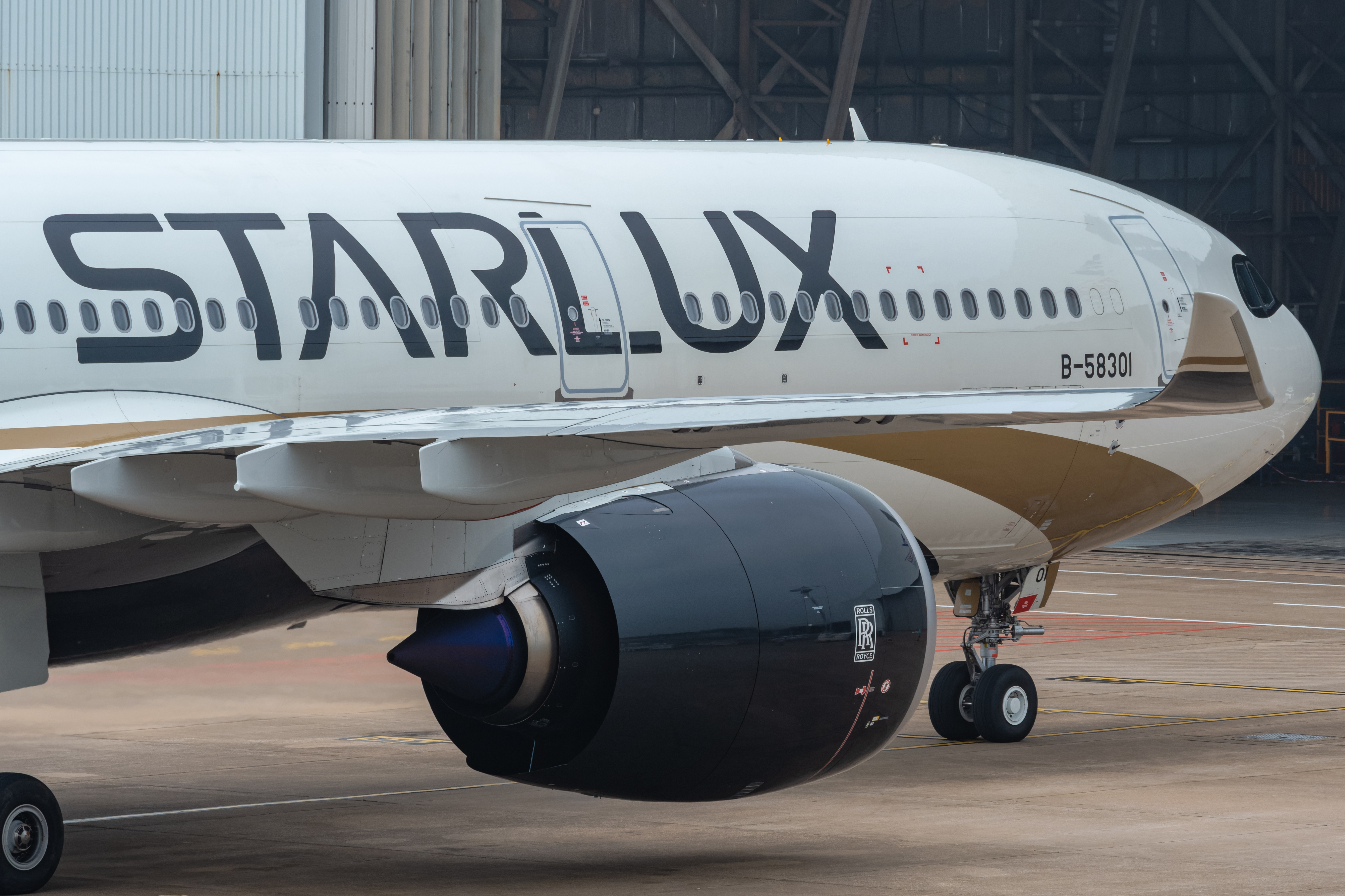By Steve Creedy
Published Wed Nov 07 2018
Passengers who frequent Memphis International Airport have been singing the blues due to plummeting passenger boarding numbers that saw it it top a list of declining US airports.
In a report by Upgraded Points.com that shows why some US airports soar while others falter, Memphis International Airport (MEM) saw enplanements (boardings) fall by 60.09 percent.
The Upgraded Points study uses Federal Aviation Administration data to define the top ten fastest falling and growing US airports between 2007 and 2017.
The problem for Memphis started when Delta Air Lines merged with Northwest.
READ Qantas opens upgraded lounges on world's second busiest route.
Delta eviscerated Northwest’s popular Memphis hub and enplanements plummeted as connecting flights moved en masse to Hartsfield-Jackson Atlanta International Airport.
Many flyers accustomed to direct flights from Memphis now had to join half of the human race and change planes in Atlanta.
Other airports to make to top 10 fastest falling airports were:
- Cincinnati/Northern Kentucky International (CVG), down 50.93 percent. Cincinnati is yet another casualty of Delta’s hub reallocation.
- Ontario International (ONT) at minus 35.29 percent. The report says: “Airlines have reduced service to small and mid-sized airports, especially in markets where a large metro hub is nearby” like Los Angeles.
- Albuquerque International Sunport (ABQ), down 25.53 percent. Once upon a time, if you wanted to fly from Dallas Love Field to almost any other airport in the western U.S. you had to buy two tickets: one to ABQ and the other onward from ABQ to your final destination. This was the result of The Wright Amendment, a piece of legislation that boxed Dallas Love Field in when it comes to air service. That law is now dead, and there’s’ no need for Dallas flyers to stop in ABQ to change planes any longer.
- Cleveland-Hopkins International (CLE), down 20.19percent. Ostensibly, CLE is a hub for United. However, over the past decade, that role has been diminishing.
- Luis Munoz Marin International (SJU), at -19.14 percent. Hurricane Maria lashed the island, even as rains washed away critical infrastructure.
- Jacksonville International (JAX), down 13.90 percent. Airline mergers have hit JAX. Where full-sized aircraft once flew regional jets now reign.
- Pittsburgh International (PIT) at minus 11.25 percent. Once, Pittsburgh was a booming hub for US Air. Mergers and competition whittled away at US Air’s once fortress hub.
- Palm Beach International (PBI), down 10.5 percent. Fort Lauderdale/Hollywood International (FLL) and Miami International compete against PBI with low-fare JetBlue, Southwest and Spirit offering cheap seats. Miami International may have the glamor, but FLL fields the cheap seats.
- Oakland International (OAK), at minus 10.22 percent. When the economy tanked back in 2008 and 2009 OAK was hit hard. Recent gains have almost made up for that.
- Topping that list is Dallas Love Field (DAL) with growth of 90.39 percent. For decades DAL was saddled was the Wright Amendment. Born in the late 1970s of a perceived need to protect Dallas/Fort Worth International (DFW) from ruinous competition, the amendment walled off DAL from most of the rest of the world. Carriers were permitted to offer nonstop flights to Texas and the contiguous states. Later, a handful of other states were added to the roster. In 2014 the Wright walls came tumbling down. Airlines serving DAL (predominately Southwest) were able to fly from the airport to anywhere in 48 continental U.S. The catch: the airport’s new terminal could have just 20 gates, effectively limiting the number of flights the airport can field. Dallas Love rode the top of the list for a while, but it’s inability to field more flights all but guarantees significant growth at the airport is a thing of the past.
- Austin-Bergstrom International (AUS) +62.92 percent. No longer a sleepy college and government town, Austin’s growth over the past ten years has been “phenomenal” says Upgraded Points. Consider, in the past couple of years alone AUS has witnessed nonstop service to London, Frankfurt and legions of lesser domestic cities.
- Louis Armstrong New Orleans International (MSY) +59.73 percent. Post-Hurricane Katrina, New Orleans was all but brought to its knees. Years later, it’s back—especially the airport. A new terminal building is in the works and British Airways has launched nonstop 787 flights to London. The new terminal should open in 2019, paving the tarmac for more growth to feed ‘The Big Easy’s tourist-dependent economy.
- San Francisco International (SFO) +55.67 percent. The airport by the bay served a fulsome 55.8 million flyers in 2017 and has seen enplanements grow steadily for 14 years. This is, in large part, because SFO is United’s bustling transpacific hub.
- William P. Hobby (HOU) +54.24 percent. Hobby is Houston’s ‘other’ airport. For decades it’s chugged along, overshadowed by United’s Bush Houston Intercontinental hub. Then, in 2014, Southwest decided to launch a significant share of-of its international flights from HOU. International passenger boardings alone soared by 76,400 in 2015.
- Seattle-Tacoma International (SEA) +46.83 percent. Buoyed by the ground-breaking for a new international arrivals facility and new nonstop routes to London, Mexico City and Dublin among others SeaTac also benefitted by a hub war between hometown Alaska Airlines and Delta Air Lines.
- Fort Lauderdale/Hollywood International (FL) +42.76 percent. Upgraded Points notes that “Growth from these low-cost carriers accounts for two-thirds of all passenger traffic out of FLL.”
- Nashville International (BNA) +41.22 percent. If you’re in search of a great place to visit or live, Nashville is an alluring option. To meet the demand for cheap seats to ‘Music City,’ Southwest continues to grow BNA at a steady, robust clip.
- Los Angeles International Airport (LAX) +36.92 percent. The second busiest airport in the country, LAX remains a lure for both leisure and business flyers alike. The airport’s greatest problem has been its ground access. That issue is being addressed by construction of a rail link between LAX and LA. International arrivals continue to fuel LAX’s enplanement numbers.
- Boston Logan International (BOS) +36.10 percent. It appears Delta and JetBlue can get along nicely at the same airport. The former has a hub at Logan, the latter a focus city. International traffic is on the grow. Since 2006 the number of international departures from Logan has doubled.
Have questions or want to share your thoughts?
Get In Touch








